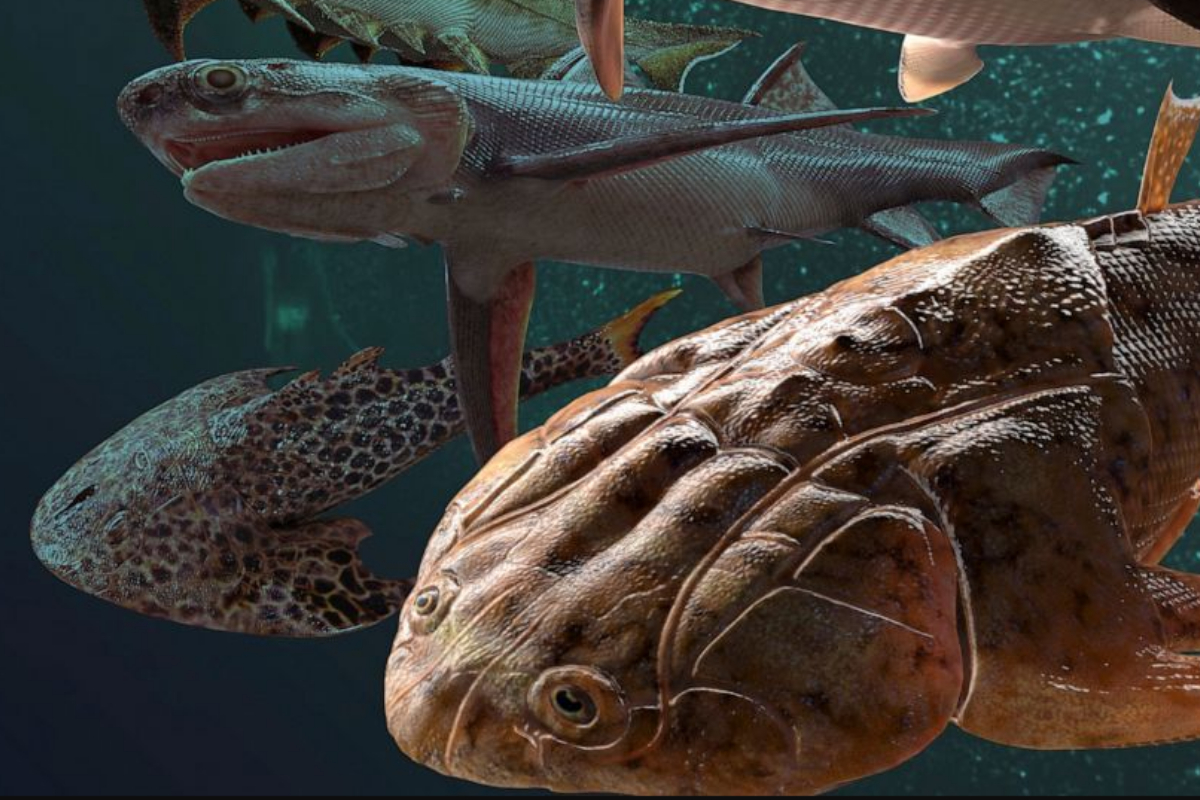- A large collection of fish fossils in Southern China includes the world’s earliest fish teeth.
- The discoveries provide new information on a crucial stage of evolution that has been difficult to understand.
- The fossils date back to the Silurian epoch, which was significant for life on Earth from 443 to 419 million years ago.
A large collection of fish fossils in Southern China includes the world’s earliest fish teeth, which may help scientists understand how our aquatic ancestors acquired their bites. The discoveries provide new information on a crucial stage of evolution that has been difficult to understand due to the scarcity of fossils from that time period. In a series of four studies published on Wednesday in the journal Nature, researchers describe some of their discoveries, including old teeth and previously unknown species.
The fossils date back to the Silurian epoch, which was significant for life on Earth from 443 to 419 million years ago. Scientists believe that during this period, our ancestors with backbones who were still swimming around on a watery world began to develop teeth and jaws.
This allowed the fish to search for prey instead of sifting food from the muck-like bottom feeders. According to Philip Donoghue, a palaeontologist at the University of Bristol and co-author of one of the investigations, it also triggered a sequence of other changes in their structure, including the development of distinct types of fins.
Donoghue stated, “It’s just at this interface between the Old World and the New World,”
Matt Friedman, a palaeontologist from the University of Michigan who was not involved in the study, noted that in the past, scientists have not uncovered many fossils that demonstrate this transition. They have relied on remnants from the period, such as a piece of the spine here and a piece of the scale there.
The fossils from China are anticipated to fill in some of these gaps as they are examined by scientists from around the world.
[embedpost slug=”/scientists-accidentally-create-new-fish-from-two-endangered-species/”]





















